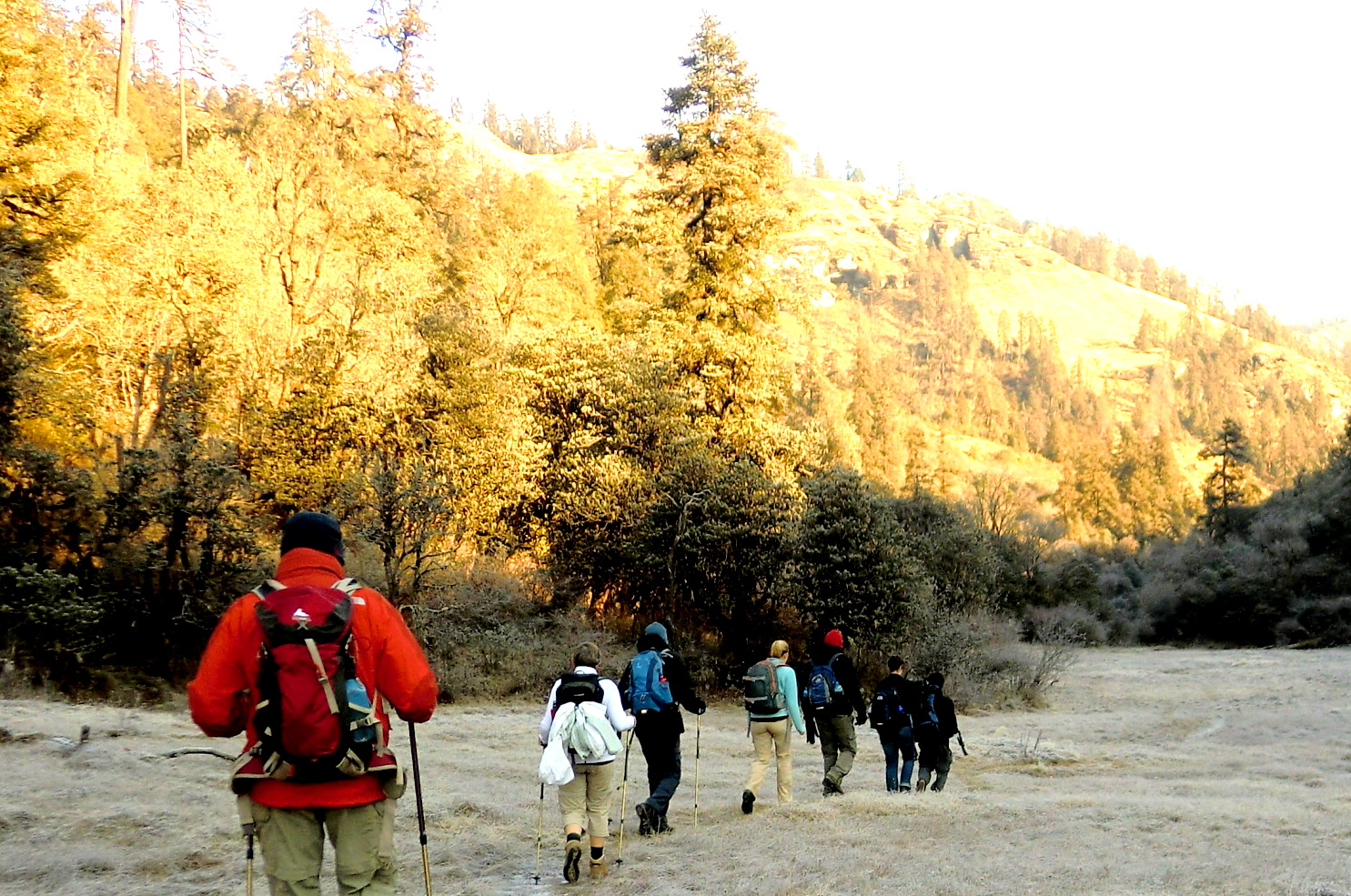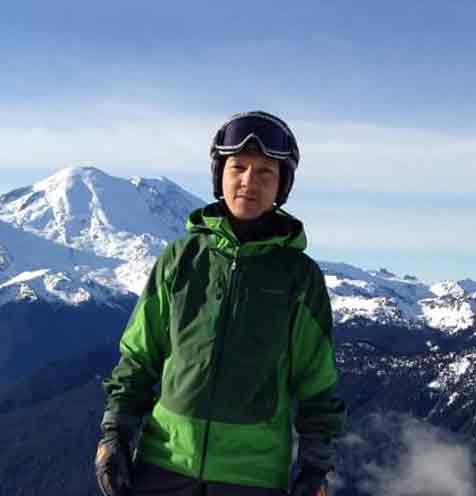 Posted By: Adventure Sherpa Tracks Posted On: March 7, 2017
Posted By: Adventure Sherpa Tracks Posted On: March 7, 2017
Travel ban to be lifted in northern regions
Mar 4, 2017- The government is planning to open parts of restricted areas to foreign tourists in a bid to raise tourism revenues, Tourism Minister Jeevan Bahadur Shahi said Friday.
Most villages in Taplejung, Sankhuwasabha, Solukhumbu, Dolakha, Rasuwa, Gorkha, Mustang, Manang, Dolpa, Mugu and Humla districts that adjoin the Chinese border were declared out of bounds to foreign visitors in the 1970s.
“We are now lifting the restrictions to boost tourism,” Shahi said, speaking at a session entitled ‘Tourism: Inspiring Sustainable Development’ at the Nepal Investment Summit.
Foreigners are required to get special permits from the Department of Immigration to travel to these areas. Also, permits are not given to individual trekkers. Only trekkers travelling in a group through a government authorized trekking agency can apply for the permit. Permit fees range from $10 per week to $500 for 10 days depending on where you go.
Trekking agencies and tour operators have been lobbying with the government to open up such areas that have an immense potential to contribute to the country’s tourism as well as the local economy.
In the 1970s, the government imposed restrictions on the movement of foreigners in a number of northern villages bordering Tibet as Khampa rebels were found to be using Nepali territory to mount raids into China. In 1974, the Nepal Army succeeded in completely disarming the Khampa rebels, but the travel restrictions remained.
Shahi said that the government was also planning to announce incentive packages for potential investors in rural areas.
“The government plans to promote tourism in each and every corner of the country through the public-private partnership investment model,” he said. “If you want to attract tourists, you need better infrastructure. In other words, tourism has an important effect on local economies as well.”
Meanwhile, travel trade experts have said that the government’s target to attract 2.5 million tourists annually by the year 2025 is attainable. They said that the plan would also encourage investment in the tourism industry. The strategic plan to raise arrivals to 2.5 million from less then 1 million currently has opened opportunities for potential investors. The success of this scheme will depend very much on a stable and secure government, they added.
The Tourism Ministry has launched National Tourism Strategy 2016-25 which envisages a fivefold increase in arrivals annually by the year 2025.
The scheme, which incorporates a five-year action plan and a 10-year horizon for the country’s tourism sector, has envisaged increasing foreign exchange earnings from the tourism sector to Rs340 billion annually from Rs49.78 billion in 2015.
The tourism sector’s contribution to the country’s GDP has been projected to jump to 9.29 percent from 2.44 percent in 2015.
“It was an inspiring commitment made by the leaders of the three major political parties at the Investment Summit on Thursday with all of them saying that the political revolution was now over. It’s now time for an economic revolution,” said Yogendra Sakya, chairman of Ace Hotels and Resorts.
Sakya added that the government’s target of hosting 2.5 million tourists annually by 2025 is achievable. “It requires an average annual growth of 15 percent, which Nepal has succeeded in attaining in past years.”
Likewise, tourism entrepreneur Rabendra Raj Pandey said Nepal had the advantage of being located between two emerging global powers and the world’s fast rising economies—India and China. “We don’t have to go far to bring tourists. We just need to concentrate on these two markets which together account for one-third of the total world population. News source: Kathmandu post


